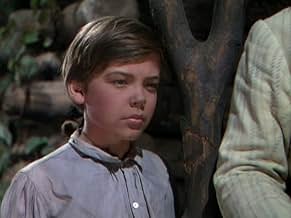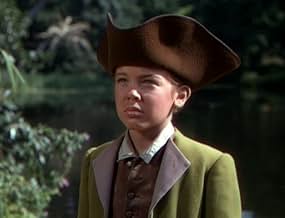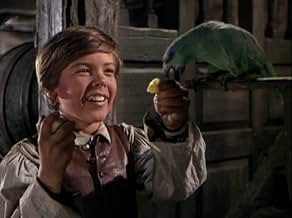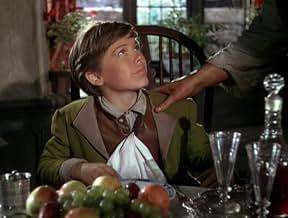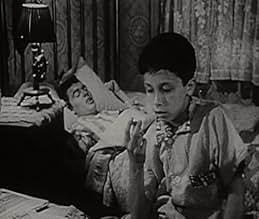Bobby Driscoll(1937-1968)
- Actor
- Additional Crew
- Soundtrack
Bobby Driscoll was a natural-born actor. Discovered by chance at the
age of five-and-a-half in a barber shop in Altadena, CA. and then
convincing in anything he ever undertook on the movie screen and on
television throughout his career spanning 17 years (1943-1960).
Includes such notable movie screen appearances as
The Fighting Sullivans (1944),
Song of the South (1946),
So Dear to My Heart (1948),
and The Window (1949), which was not
only the sleeper of 1949 but even earned him his Academy Award in March
1950 as the outstanding juvenile actor of 1949. For his role as Jim
Hawkins in Walt Disney's
Treasure Island (1950), he
eventually received his Hollywood Star on 1560 Vine Street, and in 1954
he was chosen in a nation-wide poll for a Milky Way Gold Star Award
(for his work on TV and radio). But all the more tragic, then, was his
fruitless struggle to find a place in a pitiless adolescent world after
severe acne had stalled his acting career at 16. When his face was no
longer charming and his voice not smooth enough to be used for
voice-over jobs, his last big movie hit was the voice of animated
Peter Pan (1953), for which he was also
the live-action model. When his contract with the Disney studios was
prematurely terminated shortly after the release of
Peter Pan (1953) in late March 1953,
his mother additionally took him from the talent-supporting Hollywood
Professional School, which he attended by then. On his new School, the
public Westwood University High School, on which he graduated in 1955,
all of a sudden his former stardom became more burden than advantage.
He successfully continued acting on TV until 1957 and even managed to
get two final screen roles; in
The Scarlet Coat (1955) and
opposite of Mark Damon and
Connie Stevens in
The Party Crashers (1958). His
life became more and more a roller coaster ride that included several
encounters with the law and his eventual sentencing as a drug addict in
October 1961. Released in early 1962, rehabilitated and eager to make a
comeback, Bobby was ignored by the very industry that once had raised
and nurtured him, because of his record as a convict and former drug
addict. First famous... now infamous. Hoping to revive his career on
the stage after his parole had expired in 1964, he eventually traveled
to New York, only to learn that his reputation had preceded him, and no
one wanted to hire him there, either. After a final appearance in
Piero Heliczer's Underground short Dirt (1965) in 1965
and a short art-period at Andy Warhol's
so-called Factory, he disappeared into the underground, thoroughly
dispirited, funds depleted. On March 30, 1968, two playing children
found his dead body in an abandoned East Village tenement. Believed to
be an unclaimed and homeless person, he was buried in an unmarked
pauper's grave on Hart Island, where he remains.


